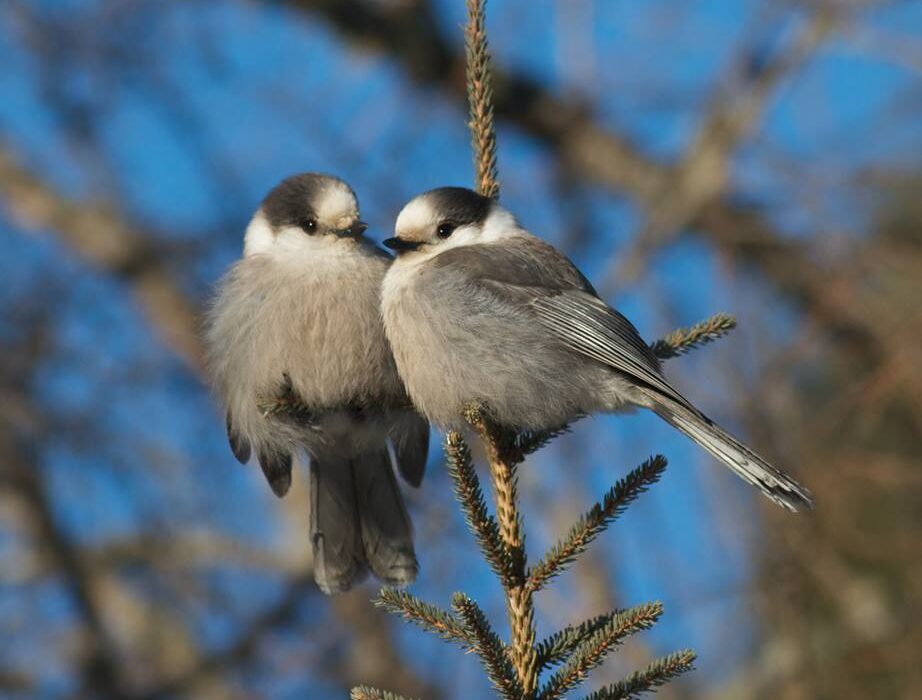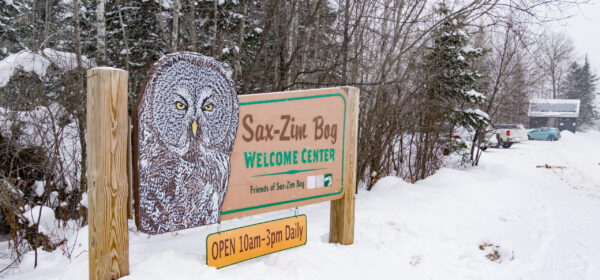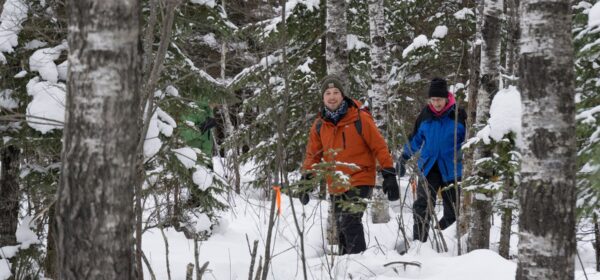Your Guide to Minnesota Bird Species in the Iron Range
When a Great Gray Owl glides past in the Iron Range’s winter twilight, time seems to stand still. This moment captures the magic that draws birders from around the world to northern Minnesota’s wild spaces. Here, in a landscape where boreal forests meet sprawling bogs and meadows, more than 240 species of birds find their home. You’ll find them in the famous Sax-Zim Bog but also the quiet backroads of the Range. In this guide we’re talking about the seasonal rhythms, hidden habitats, and extraordinary birds that make this region a world-class birding destination.
What Makes the Landscape of Northern Minnesota Special?
The Iron Range’s remarkable bird diversity stems from its position at an ecological crossroads. Here, the northern boreal forest intersects with wetland complexes and open meadows, creating an environment where different bird species thrive together. This mixing of habitats makes it possible to see species that rarely occur together elsewhere in Minnesota or North America.
At the heart of this natural spectacle lies the Greater Sax-Zim Bog ecosystem, home to more than 240 documented bird species. Picture nature’s perfect composition: geography and climate combining to create ideal conditions for both year-round residents and seasonal visitors (although winter might be our favorite time for birding!). The bog’s vast expanse of black spruce and tamarack forests mingles with sedge meadows and stands of aspen, with each habitat supporting its own distinctive bird community.
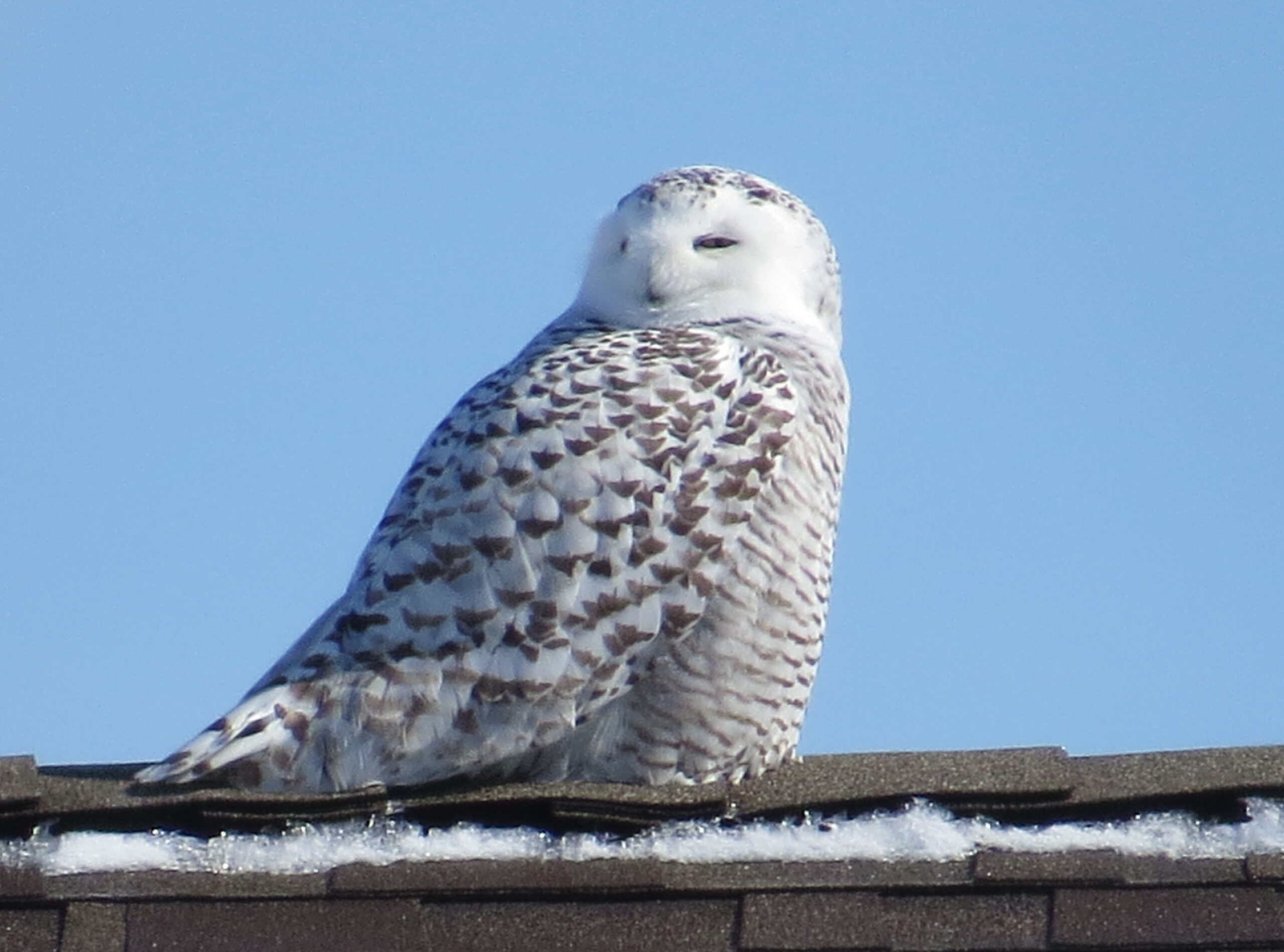
Image by Larry Aho
Iron Range Bird Life by Season
The rhythm of seasons in the Iron Range creates unique birding opportunities throughout the year. Unlike many favorite birding locations that peak during a single season, the Iron Range remains active across all four seasons.
Winter transforms the landscape into a realm of northern specialists. The region becomes a reliable location in the Lower 48 states to observe boreal species. Great Gray Owls hunt along forest edges at dawn and dusk, while Northern Hawk Owls perch prominently on treetops during daylight hours. Evening Grosbeaks and Pine Grosbeaks gather at feeding stations, their bright plumage contrasting beautifully against the snow.
As spring arrives, the first American Woodcock start their spectacular sky dances over thawing meadows, while early warblers like Pine and Palm Warblers appear in increasing numbers. The distinctive winnowing display of Wilson’s Snipe carries across the bog’s open spaces, marking the change of seasons.
Summer highlights the Iron Range’s importance as a crucial breeding habitat for many species of conservation concern. Connecticut Warblers establish territories in the bog’s spruce forests. Yellow-bellied Flycatchers call from deep within the tamarack stands, while LeConte’s Sparrows sing their distinctive songs from sedge meadows.
Fall brings waves of migrants through the region. Sharp-shinned and Broad-winged Hawks ride thermals along ridgelines, while Northern Shrikes arrive from the far north for winter. The agricultural fields fill with staging Sandhill Cranes, their ancient calls echoing across the landscape.
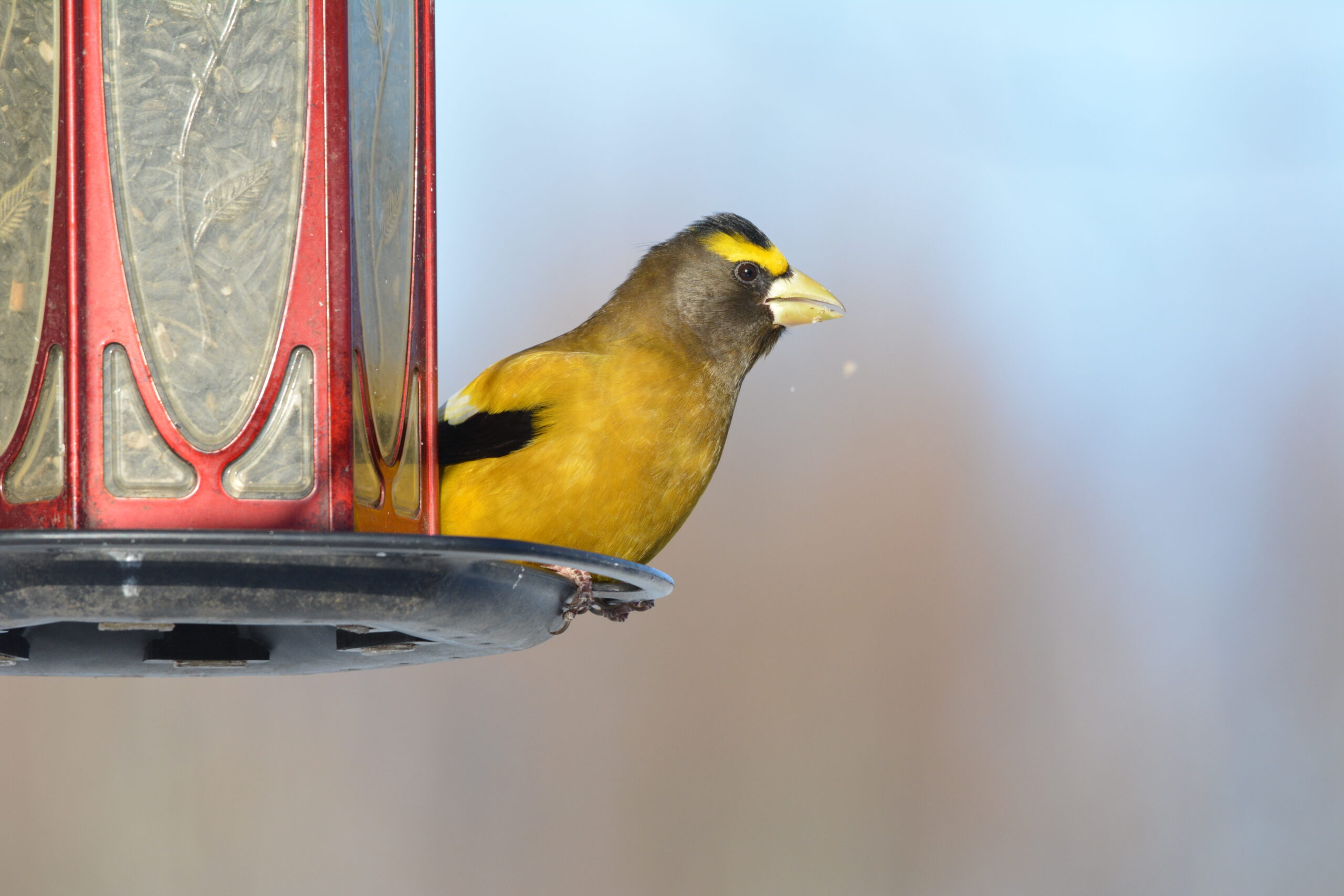
Image by Larry Aho
Birdwatching Tip: Learn to See Birds in Their Habitat
When visiting the Iron Range, watch not just the birds themselves but their behaviors and interactions with the habitat. Notice how Black-backed Woodpeckers forage differently than other woodpecker species, or how Evening Grosbeaks use their massive bills to crack open seeds. These observations deepen both enjoyment and understanding of the region’s bird life.
Many Iron Range birds have adapted to the region’s harsh conditions. Winter residents like Boreal Chickadees cache food during abundant periods, while Great Gray Owls have evolved excellent hearing to detect prey beneath the snow. Understanding these adaptations enriches the birding experience.
Read more tips on how to start birding.
Conservation and Community Along the Range
The story of birding in the Iron Range intertwines with community conservation efforts. Local residents, conservation organizations, and visitors all play vital roles in protecting these important habitats. The Friends of Sax-Zim Bog organization works to preserve and enhance critical habitat through land acquisition and management.
Visiting birders strengthen these conservation efforts both directly and indirectly. Their presence demonstrates the economic value of preserved natural areas, while their observations build our understanding of bird populations and movements. Every eBird checklist submitted from the Iron Range adds to our knowledge of this unique ecosystem.
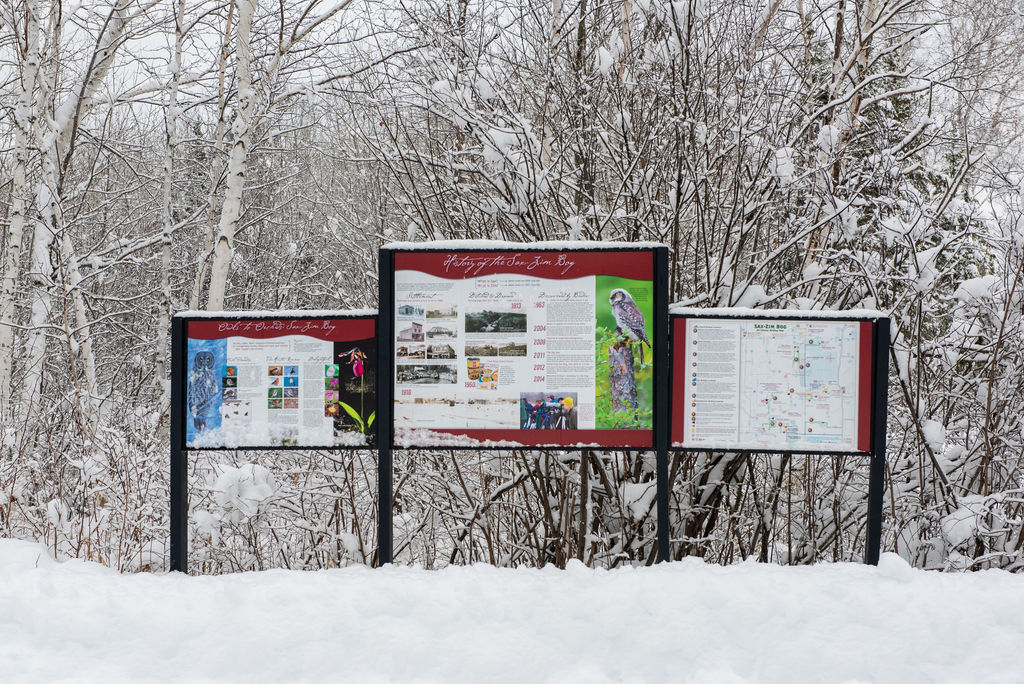
The Future of Iron Range Birding
The Iron Range grows increasingly important as climate change affects bird distributions across North America. This region may become a crucial refuge for boreal species as their traditional ranges shift northward. Monitoring and protecting these habitats becomes increasingly important for bird conservation.
The Iron Range’s wild spaces hold amazing sights in every season. Whether searching for a first Great Gray Owl or studying the subtle differences between summer warblers, the region presents opportunities for learning at every skill level.
Every visit to the Iron Range contributes to our understanding of this unique ecosystem. Share your observations through eBird or connect with local conservation organizations. These actions help write the ongoing story of this remarkable landscape and its feathered inhabitants.
For those ready to start their Iron Range birding journey, local guides and the Sax-Zim Bog Welcome Center provide excellent resources for making the most of your time in this special place. The combination of knowledgeable local experts and well-maintained facilities makes the Iron Range an ideal destination for birders of all experience levels.
